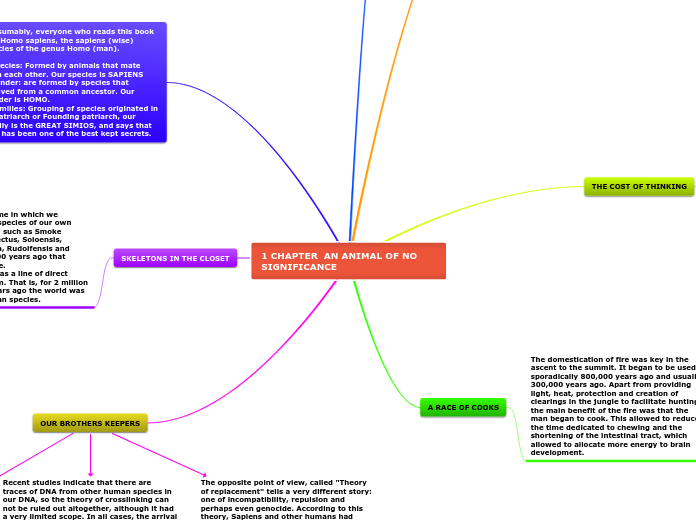av omar pachon för 5 årar sedan
293
Un_animal_sin_importancia
The spread of Homo sapiens from East Africa around 70,000 years ago led to significant interactions with other human species in Eurasia. Two main theories explain these interactions:

av omar pachon för 5 årar sedan
293

Mer av detta